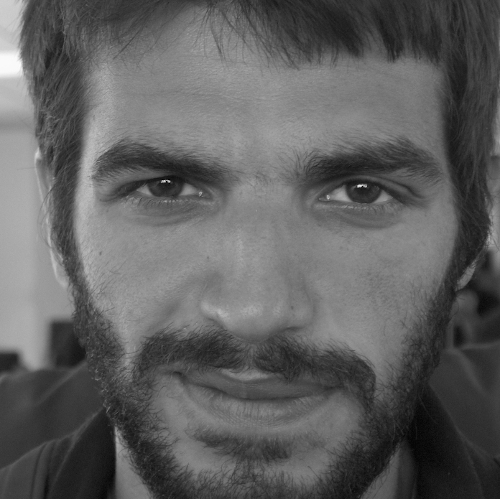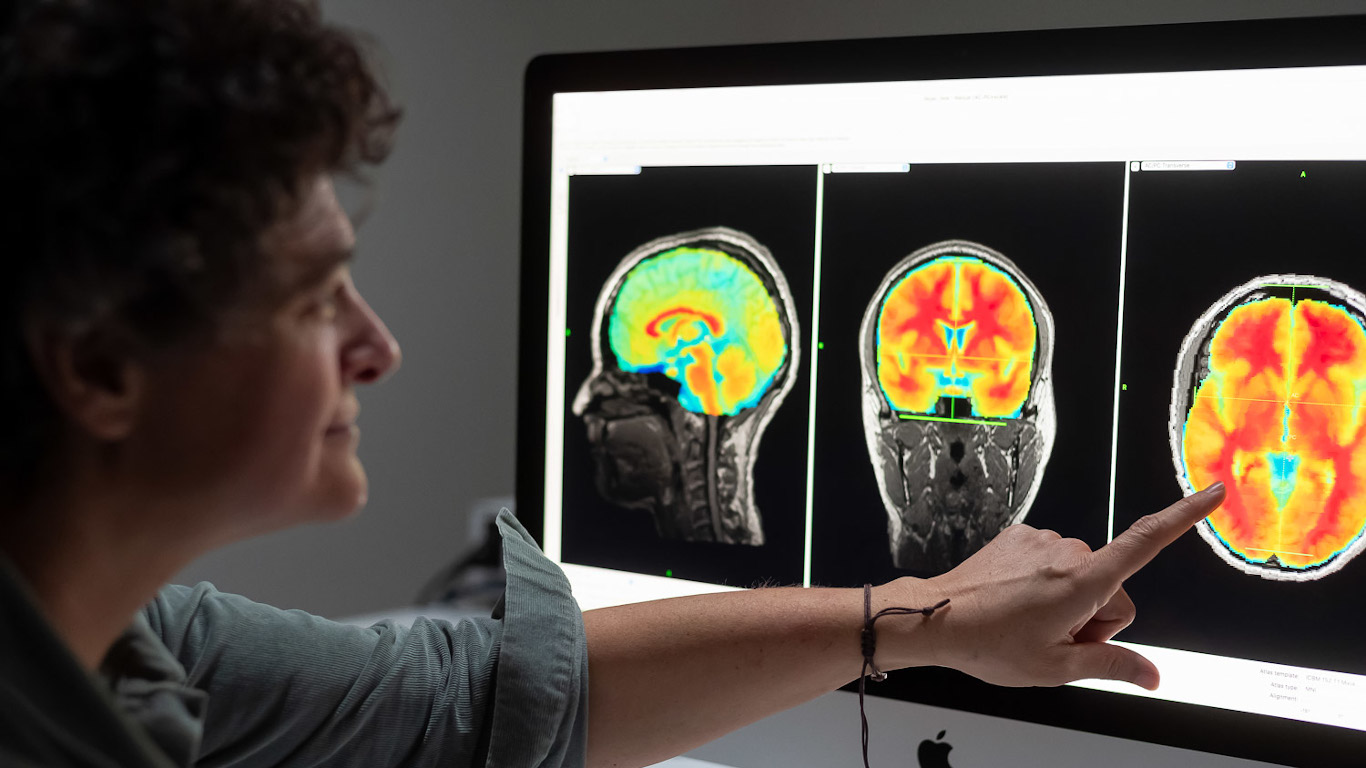
Attention
We consider Attention as a system with three functions (Alertness -or selection in time-, Orienting -or selection in perception-, and Control -or selection in action and memory-), which can be exerted either in a stimulus driven manner or under top-down control.
Research in this line focuses on the investigation of these three attentional functions, with the goal to understand how they work in an interactive way to modulate behaviour,as well as their neural basis.
We have developed tasks to measure the functioning of each attentional network and their interactions (ANTI-Vea, ANTI, Child-ANTI, ANTI-Vigilance).
More specific lines of research are carried out on each attentional network and their interactions in different populations, and contextual situations.
















